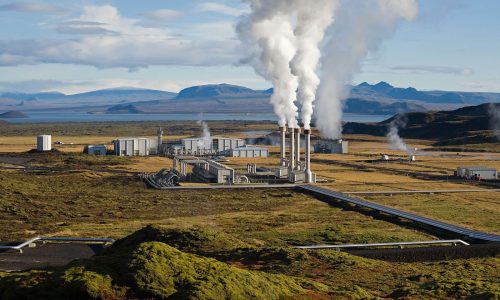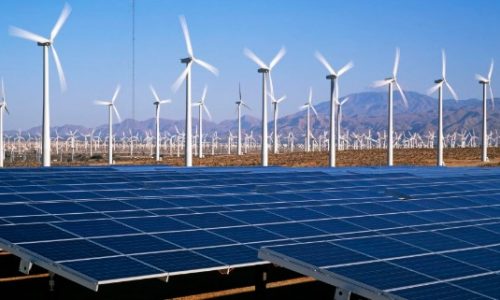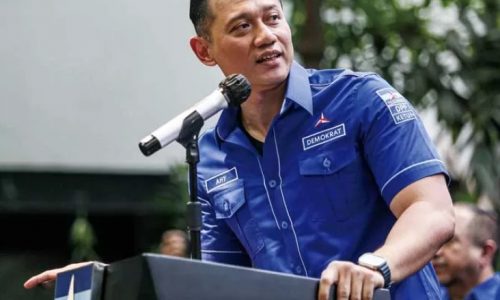The government has requested state owned oil and gas giant PT Pertamina Tbk to be more pro-active in seeking investors for the development of oil refineries in Indonesia. The company should not rely solely on its own funds to finance the projects.
Established in 1968, Pertamina was the third-largest crude oil producer in Indonesia in 2020 behind US-based companies ExxonMobil’s Mobil Cepu Ltd and Chevron Pacific Indonesia. The company has not built any new refineries since the Balongan refinery was opened in West Java in the mid-1990s.
Finding potential partners
The Ministry of Energy and Mineral Resources Director General of Oil and Gas Tutuka Ariadji said the potential partners in developing oil refineries will accelerate the completions of the projects.
“Pertamina should be proactive to seek partners so it can complete the project quickly,” he told a press conference on January 30, 2023.
Ariadji said that Indonesia’s fuel productions from domestic crude oil was 800,000 barrels per day (bpd). At the same time, Indonesia imports 500,000 (bpd) from international market.
“The demand of fuel in Indonesia is steady. We have a huge population and we have infrastructure for distribution, so we encourage Pertamina to build refineries,” he said.
The constructions of new oil refineries and the expansions of existing refineries troughs refinery development master plan is part of the National Strategic Project (PSN) set by Joko “Jokowi” Widodo when he took oath as a president in 2014.
Massive scale in refinery
In its website, Pertamina said it has managed massive scale projects in refinery to increase the capacity while supporting business development in the company’s petrochemical business. In October 2016, Pertamina formed the Directorate of Refinery and Petrochemicals Mega Projects (MP2). It focuses on addressing the mega projects which consist of:
- Revitalization program of existing refineries (Residual Fuel Catalytic Cracking/RFCC) Cilacap projects
- Blue Sky Cilacap Project (PLBC)
- Refinery Development Master Plan (RDMP) Projects at Balikpapan, East Kalimantan; Cilacap, Central Java; Dumai, Riau; and Balongan, West Java refineries
- Construction of new refinery (Grass Root Refinery/GRR)
Based on the roadmap to increase Pertamina refinery capacities, the fuel production target after the completion of RFCC, PLBC, RDMP and New GRR projects will be 2 million bpd by 2025. The realization of this project means liberating Indonesia from a dependence on fuel imports. It also produces significant revenues and contribution to the state in foreign currencies. In addition, the construction of a new refinery also has the potential to expand the economy from the added value in the downstream sector by integrating oil refineries with petrochemicals.
Problems in refinery construction
Ariadji said the refinery construction is quite complex in terms of designs and developments. Whereas the profit margin for a refinery is smaller compared to the development of oil and gas blocks in upstream oil and gas sector.
“In upstream, there is huge profit margins. In refinery, it is not huge. Due to the high cost, it is not easy to find investors in developing refineries,” he said.
Ariadji said the Balongan refinery cost investors US$ 67.9 million while the Balikpapan refinery costs US$ 7.24 billion. “The biggest and longest project is the Tuban GRR project that needs big and strong investors,” he added.
Ariadji explained that the delay in refinery project was also caused by the availability of supporting infrastructures. He highlighted the need of roll road and railway to transport fuel from Tuban GRR as it would not be economically feasible without the infrastructure.
“There are infrastructures and facilities which are beyond the energy ministry’s authority but badly needed by the refinery,” he said.









